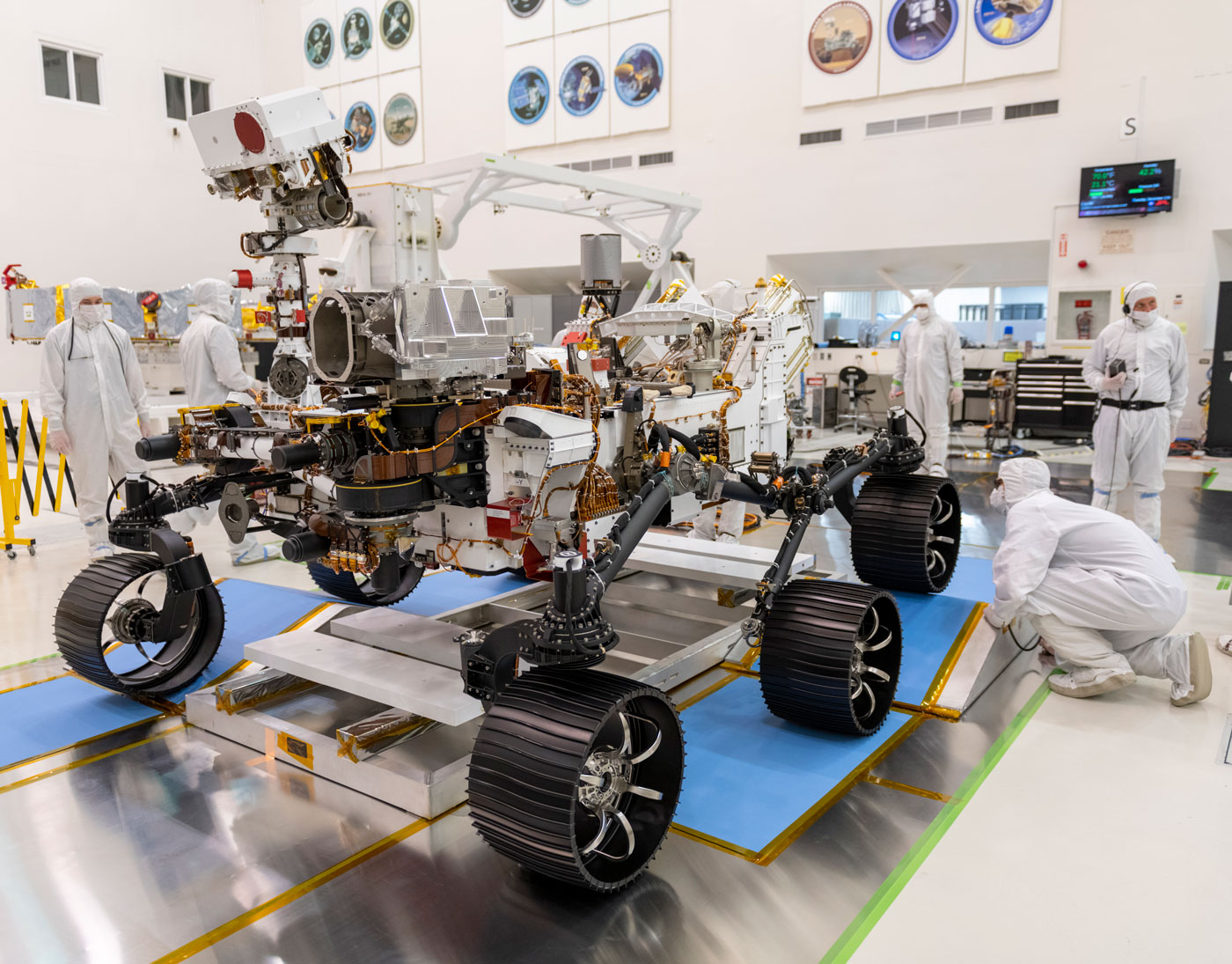
And then there were nine. Students across the US, ranging from kindergarten to high school, submitted more than 28,000 potential names for NASA’s Mars 2020 rover. A panel of 4,700 volunteer judges whittled that list down to 155 semifinalists.Now, there are nine names left standing in the contest. And your vote in an online poll, which is open now through January 27, could help name the next generation of rover that will roam across Mars after it launches this summer. The finalists include:
- Endurance, (Kindergarten to 4th grade, by Oliver Jacobs of Virginia)
- Tenacity, (Kindergarten to 4th grade, by Eamon Reilly of Pennsylvania)
- Promise, (Kindergarten to 4th grade, by Amira Shanshiry of Massachusetts)
- Perseverance, (5th to 8th grade, by Alexander Mather of Virginia)
- Vision, (5th to 8th grade, by Hadley Green of Mississippi)
- Clarity, (5th to 8th grade, by Nora Benitez of California)
- Ingenuity, (9th to 12th grade, by Vaneeza Rupani of Alabama)
- Fortitude, (9th to 12th grade, by Anthony Yoon of Oklahoma)
- Courage, (9th to 12th grade, by Tori Gray of Louisiana)
“Thousands of students have shared their ideas for a name that will do our rover and the team proud,” said Lori Glaze, director of NASA’s Planetary Science Division in Washington. “Thousands more volunteered time to be part of the judging process. Now it is the public’s opportunity to become involved and express their excitement for their favorites of the final nine.”Once the poll closes, each contestant will present their name to a panel that includes Glaze; NASA rover driver Nick Wiltsie; NASA astronaut Jessica Watkins; and Clara Ma, who named the Curiosity rover when she was a sixth-grade student in 2009.
The winning name and the student who created it will be announced on March 15. The student will also get the chance to watch the rover launch in July from Cape Canaveral.The rover will join a growing family of NASA missions currently operating on and around Mars, including the Curiosity rover, the InSight stationary lander and the Mars orbiters.
When the rover lands on the Red Planet in February 2021, it will touch down in Jezero Crater, the site of a lake that existed 3.5 billion years ago. The next generation rover will build on the goals of previous robotic explorers by collecting the first samples of Mars, which would be returned to Earth at a later date.The 2020 rover’s work will begin in areas of Jezero Crater, where it will search for signs of ancient life, including mineral deposits and perhaps even microscopic fossils. If 2020 samples these sites, the intriguing soil will be stored in metal tubes, and the data it collects may be able to help scientists know if they’ve found a biosignature on Mars.But the new rover will also be on a mission to lay the groundwork for future human exploration by testing out instruments that will use ground-penetrating radar for the first time, study weather science and convert carbon dioxide to oxygen.






















